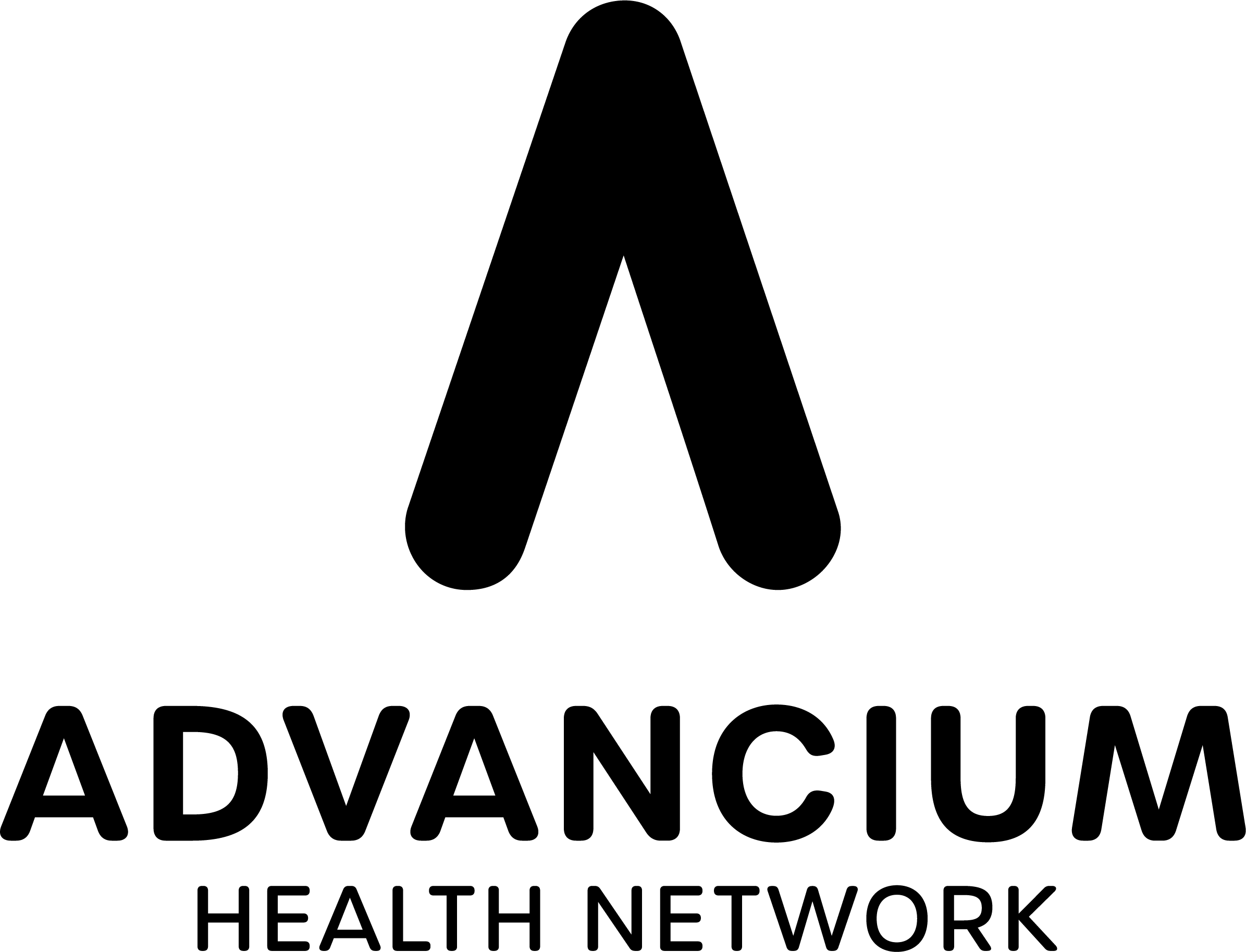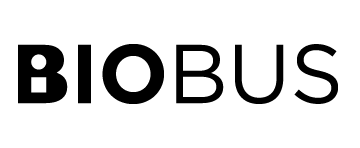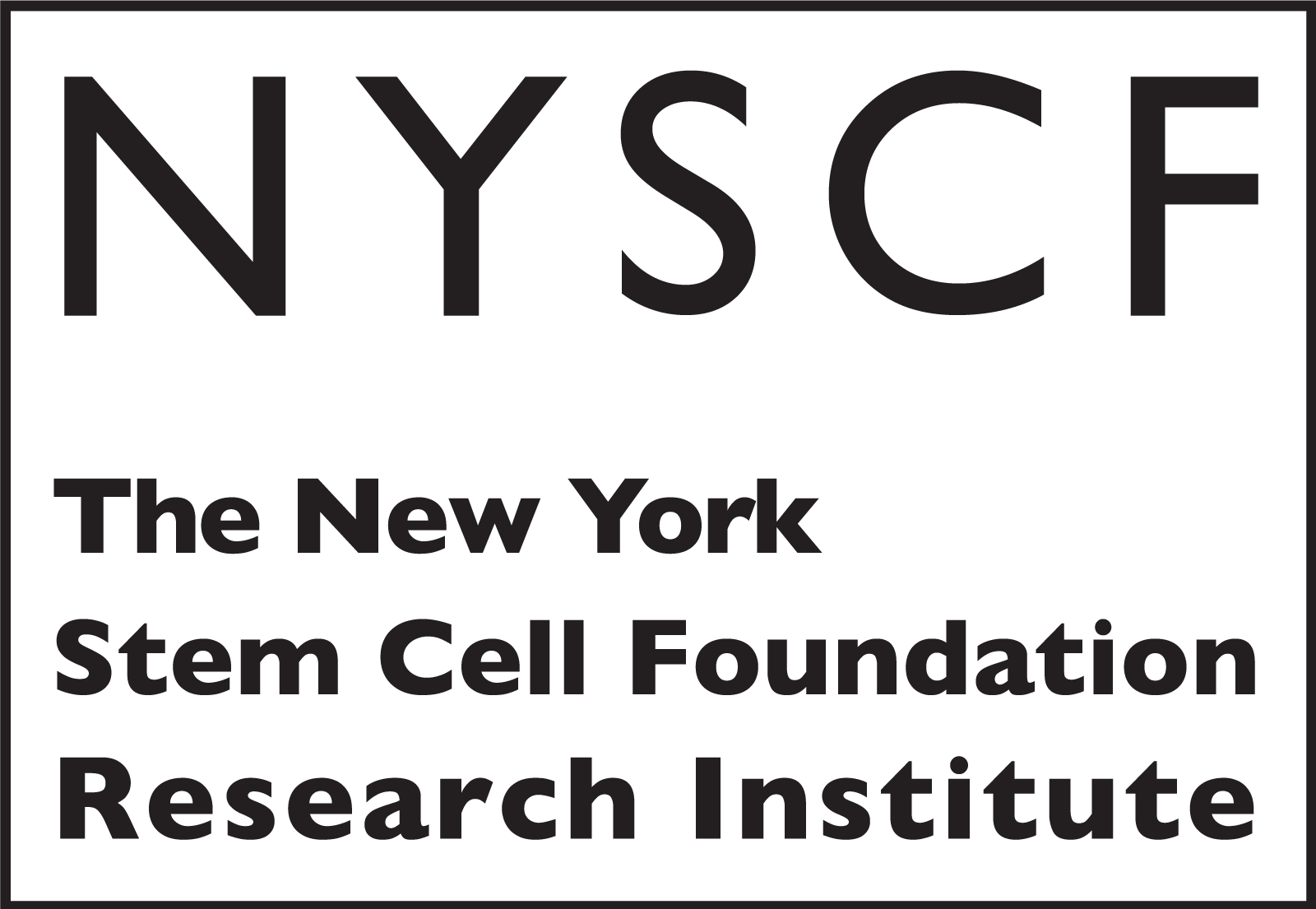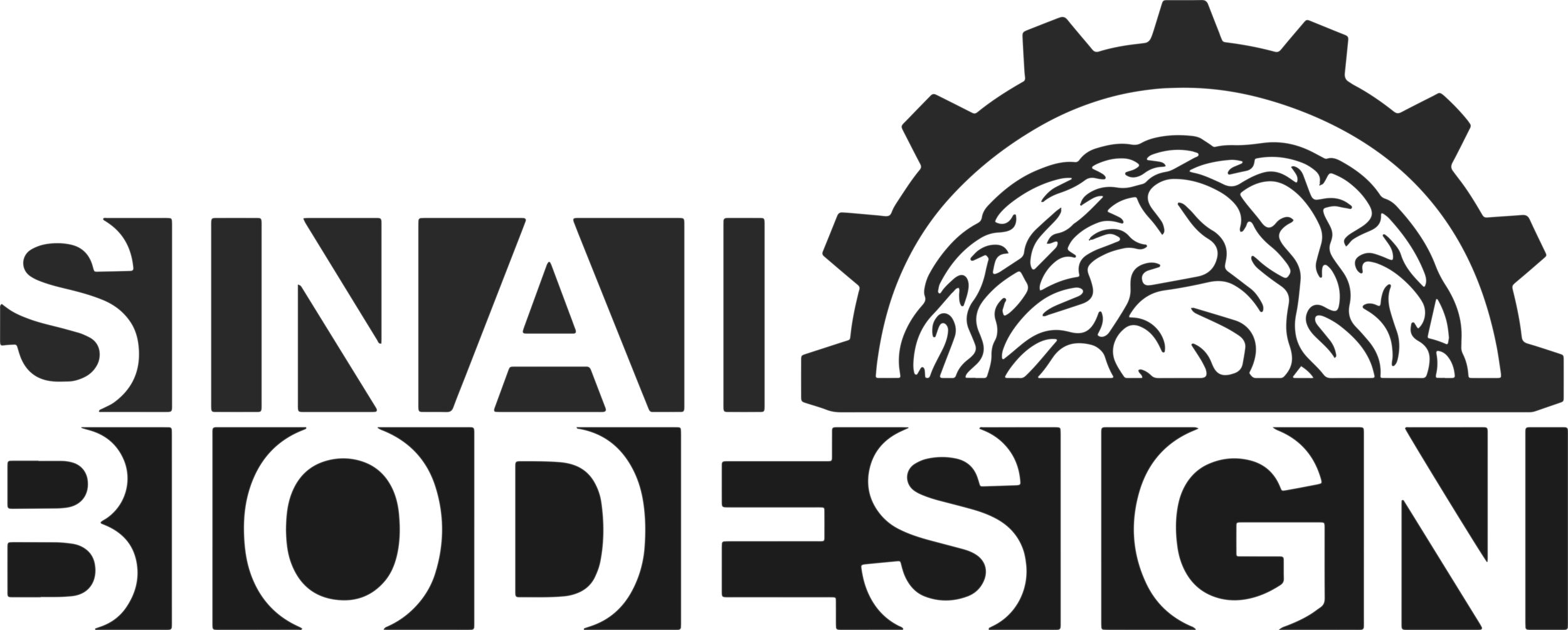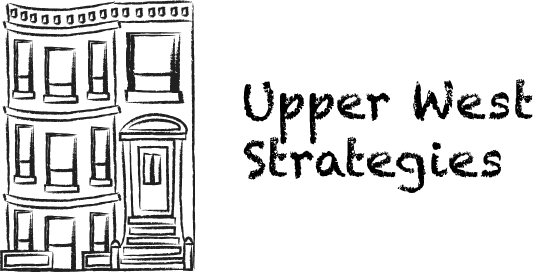
Why LifeSci NYC?
The LifeSci NYC initiative includes three key areas: talent, funding, and space.

By The Numbers
$450M
To spur new research
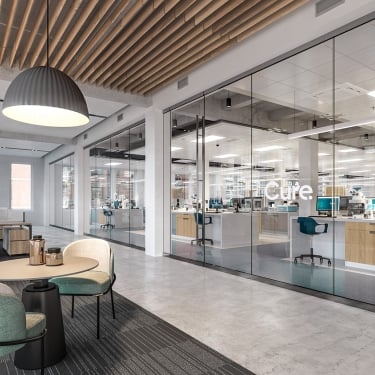
By The Numbers
$20M
To build a diverse pipeline of talent in NYC
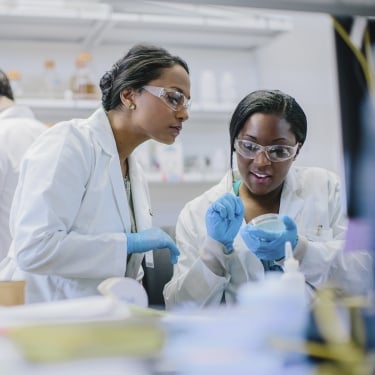
By The Numbers
$600M
For lab and incubator space construction

By The Numbers
$20M
To build a diverse pipeline of talent in NYC
By The Numbers
$450M
To spur new research


By The Numbers
$600M
For lab and incubator space construction
LifeSci NYC sparks innovation, culture, and talent by stimulating investment and partnership with key stakeholders to bring equity and opportunity to all New Yorkers.
With guidance from the LifeSci NYC Advisory Council, NYCEDC will play a leading role in unlocking the city’s life sciences potential.
Establishing NYC as a Global Leader in Life Sciences
In 2016, New York City created LifeSci NYC, an ambitious $1.1 billion commitment to establish New York City as a global leader in life sciences.
As a result of these and other investments, NYC has grown its life sciences industry to almost 20,000 jobs, over 500 R&D stage companies, and 3.5 million square feet of commercial life sciences space as of March 2024.
NYC: Global Center of Gravity for Technology
In addition to its strengths in life sciences, NYC is home to the world’s second-largest tech ecosystem, with over 25,000 startups and a workforce of 355,000 throughout the tech ecosystem. Locally, this sector has grown by 176 percent since 2012 and continues to create next-generation, scalable solutions with applications such as AI/ML, blockchain, robotics, quantum computing, and cybersecurity that intersect and support the life sciences, green economy, and creative industries like fashion and entertainment.
NYC’s leadership in tech is evidenced by the fact that the metro area is home to the second-largest AI workforce in the country with over 40,000 workers with AI and AI-adjacent skills and $21.4 billion in venture capital funding directed toward NYC AI companies over just the past five years.
Next Frontier: Life Sciences + Advanced Technology
Building on New York’s foundations in life science and technology, NYC is now poised to lead in research, discovery, and commercialization in sectors where the two fields combine. Projects that illustrate this approach include:
- CZ Biohub New York in collaboration with Columbia, Rockefeller, and Yale, harnessing the immune system and bringing novel diagnostics and therapeutics to patients in need.
- Mount Sinai Medical Center and Regeneron Genetics Center collaboration to sequence genomes of one million racially and ethnically diverse patients to advance precision medicine research and improve patient care.
- Pfizer’s use of AI/ML for higher efficiency of drug screening and customized trial identification.
- Columbia University’s National Science Foundation grant to create the Institute for Artificial and Natural Intelligence dedicated to advance AI research of the brain.
- Center for Engineering and Precision Medicine by Mount Sinai and Rensselaer Polytechnic Institute, driving research at the interface of engineering and medicine.
- Lab of the Future, an AI/ML/robotic-driven pilot lab to make the drug discovery process faster, more data-driven, and cost effective, with support from Empire State Development.
These and other projects demonstrate the potential of interdisciplinary approaches to research and the momentum in New York City. NYC institutions are conducting the next wave of research; talent and funding are here and continue to migrate to NYC; and the City and State continue to heavily invest to create clusters, grow talent, and build the infrastructure needed to drive industry leadership.

Viq Pervaaz, NYCEDC’s SVP of Life Sciences & Healthcare, discusses how AI and machine learning are transforming the life sciences in New York City.
The NYC Life Sciences Talent Pipeline
With a workforce of 4M+, NYC is home to the nation’s largest, most diverse, and most skilled talent pool—including the world’s largest concentration of Nobel laureates; 7,000+ graduate students and postdocs; and 500,000 healthcare workers, more than any other city in the nation.
In fact, as showcased in Life Sciences in the NYC Metro, a joint report released by the Department of City Planning and NYCEDC, by many measures the NYC metro area has the largest life sciences economy in the country, leading all other metro areas in the amount of NIH funding and the number of R&D scientists, healthcare workers, life sciences companies, and graduate students.
NYCEDC is committed to nurturing and growing that talent through workforce development initiatives like the LifeSci NYC Internship Program, which prepares a diverse group of students for careers in the field—and builds a direct talent pipeline for the life sciences industry. To date, nearly 950 interns across over 220 host companies have participated in the program, with over 40 percent of those internships either extended or transformed into a full-time role. Get an overview of the types of jobs that are available within the life sciences ecosystem.
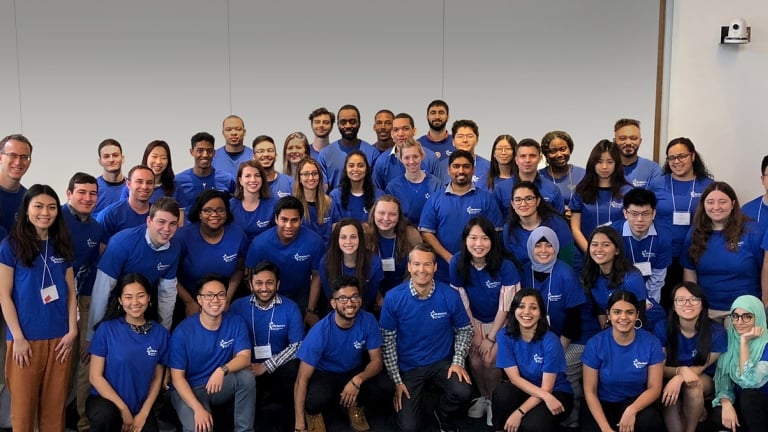
LifeSci NYC Internship Program
Preparing a diverse range of NYC students for careers in life sciences.
Learn MoreSpace to Grow
NYC is investing in new wet lab space, while making available existing spaces for early-stage companies. The City has already taken the lead in bringing new, state-of-the-art life sciences spaces online, including:
- Establishing the Alexandria Center for Life Science, New York City’s first commercial life sciences campus in Kips Bay
- Developing the Science Park and Research Campus (SPARC) Kips Bay, a first-of-its-kind innovation, jobs, and education center in one of the nation’s premiere life sciences clusters
- Launching BioLABS@NYULangone, with 50K square feet of newly renovated and fully equipped laboratory and office space
- Partnering with King Street Properties to build Innolabs, a 260K-square-foot life sciences building in Long Island City
- Partnering with Deerfield Management to redevelop a 12-story building in Manhattan’s Flatiron District into a life sciences campus called CURE to provide office space, wet labs, and programming to support startups
And we’re just getting started. The City has already opened or announced the opening of 1.7 million square feet of space to-date, and we anticipate bringing 10 million square feet of wet lab space online over the next 10 to 15 years.
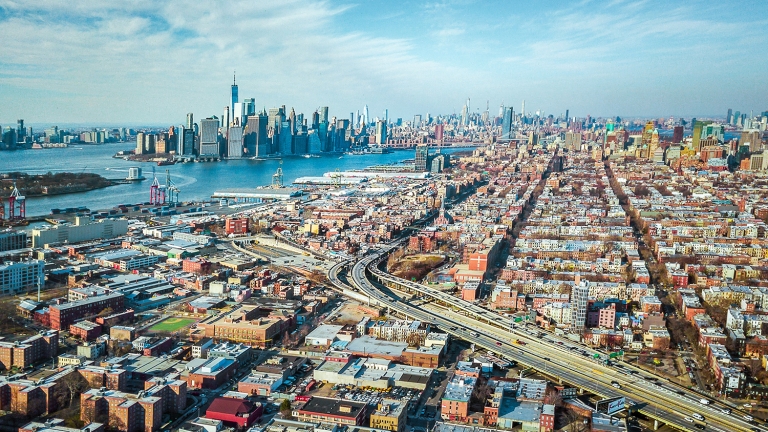
The NYC Life Sciences Ecosystem
View an interactive map showing select life sciences assets across NYC.
Learn More
